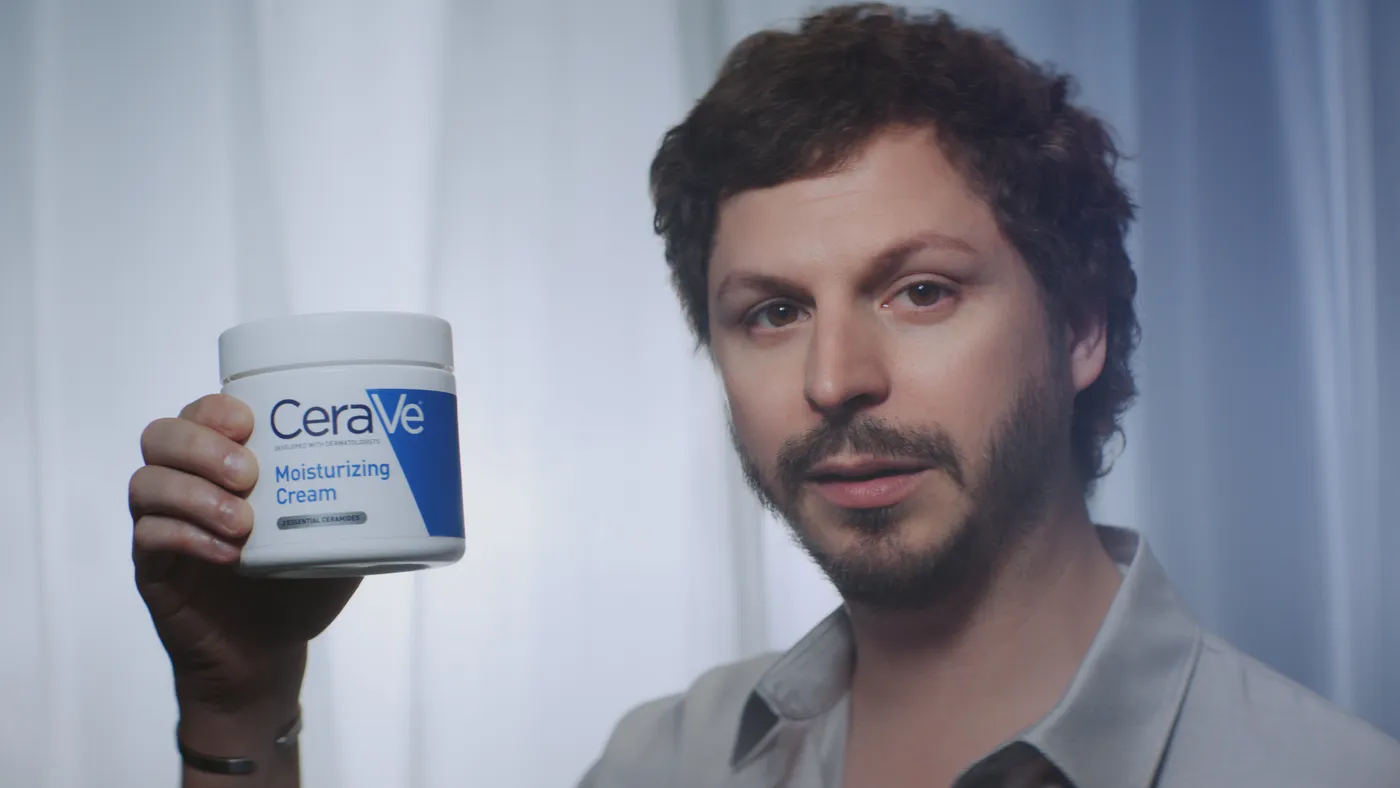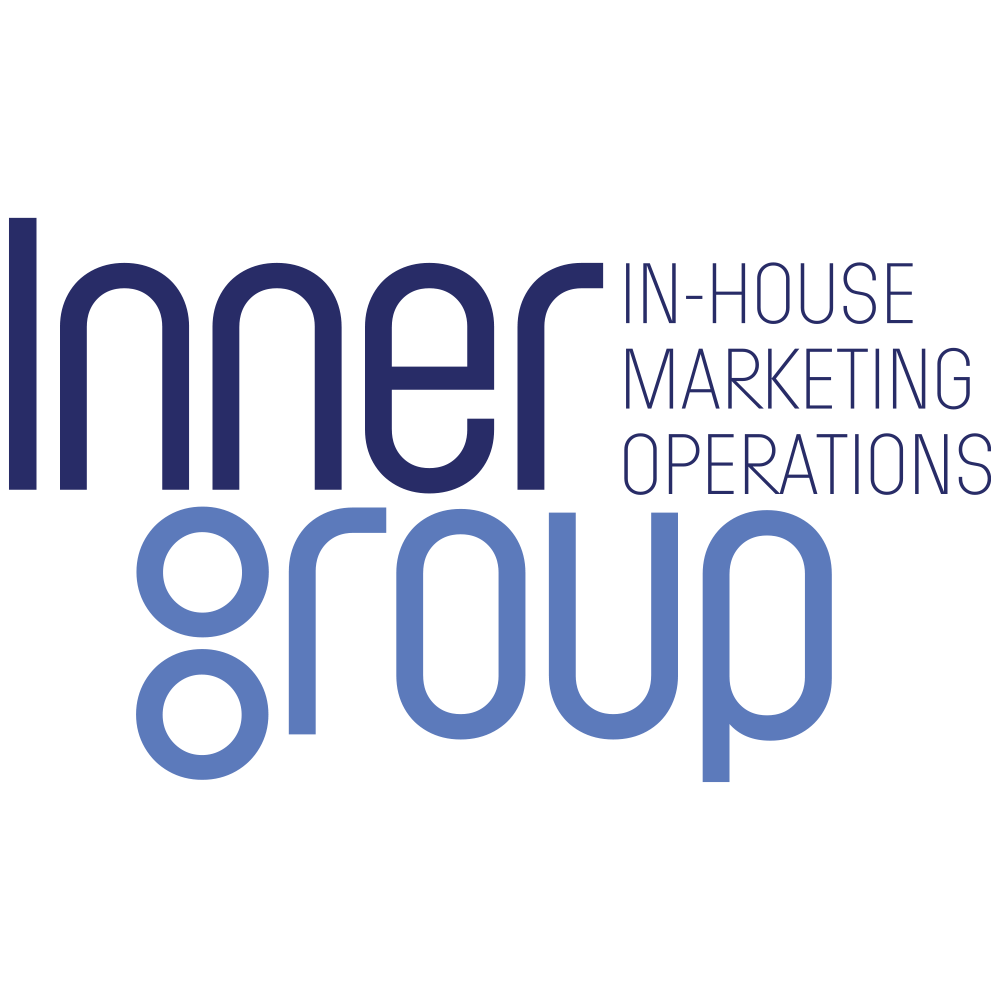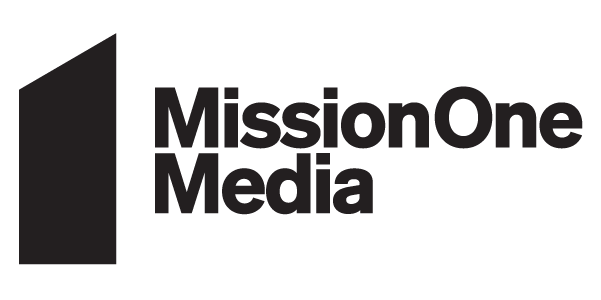Creativity showed signs of emerging from a dark period during 2024’s first half as marketers shook off the hangover from a pair of years that pummeled budgets. A resurgence in brand building could be a response to the perceived overcorrection toward performance marketing since the pandemic. Marketers are also vying to prove their worth as many companies mull adopting generative artificial intelligence, a technology that has already spurred some businesses to trim their human talent, to much consternation.
Signaling the vibe shift, 2024 began with people still buzzing over a headline-grabbing stunt from the holidays, when Pop-Tarts introduced a pastry mascot to its college bowl game that was willfully sacrificed as a meal for the winning team. A combination of grotesque and funny, “The First Edible Mascot” ploy created with Weber Shandwick helped set the tone for the months ahead and went on to claim the Brand Experience and Activation Grand Prix at Cannes Lions in June.
Marketers didn’t always land on confident footing in H1. Tone-deaf ads — including several produced in-house — ignited the wrong type of PR while occasions like the Super Bowl delivered few water-cooler conversation starters. Risk-taking remained rare as marketers felt torn between wanting to keep pace with culture and avoid landing in the social media hot seat.
“There’s so much advertising out there that it’s easy to become wallpaper,” said Chris Bellinger, chief creative officer at PepsiCo Foods U.S., who was behind one of the year’s best campaigns so far this year. “Putting something out there that no one feels anything [about] or reacts to it is just not worth it.”
Below, Marketing Dive has assembled the most impactful marketing from the year’s first half that showed brands mastering media strategy, new technology and other bets that resonated with consumers.
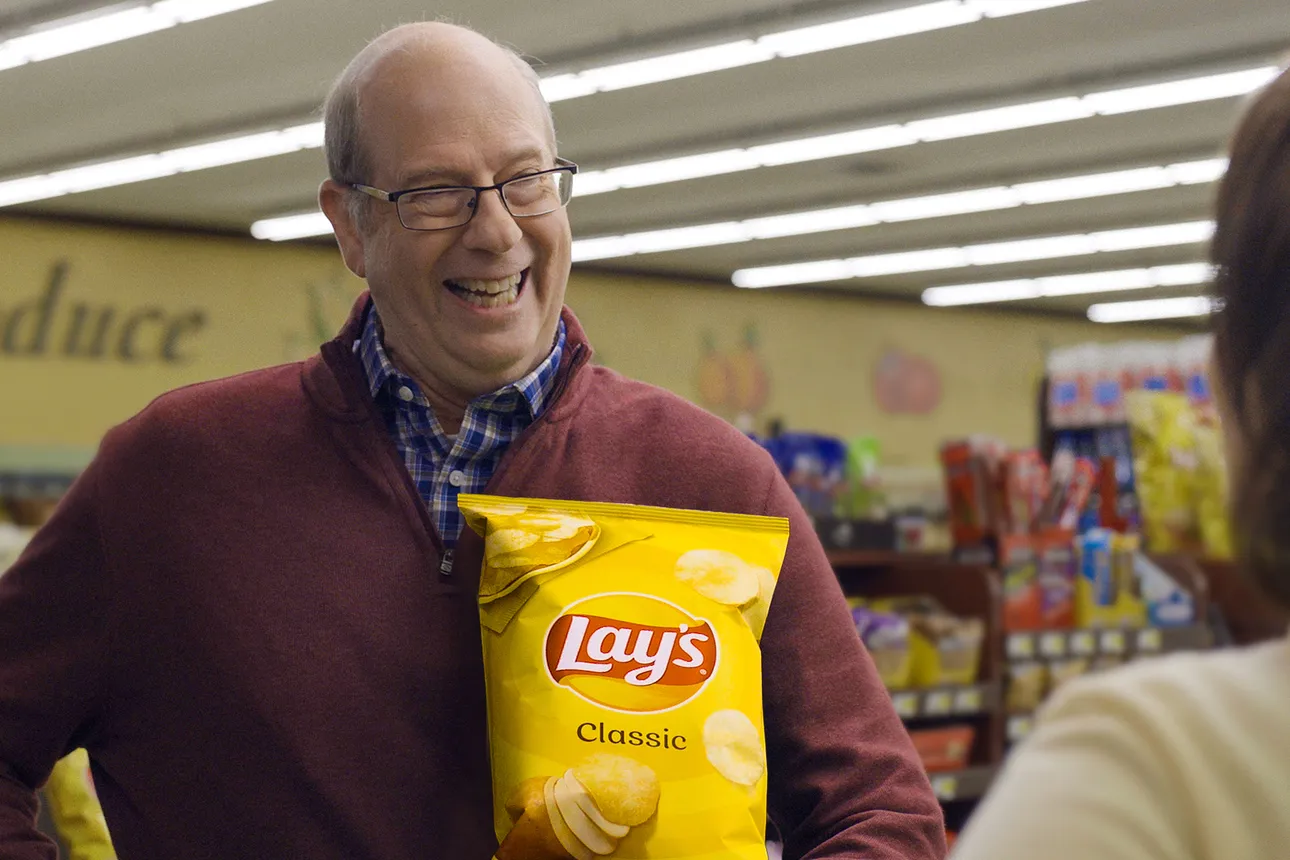
Lay’s provocative media buy channels ‘Groundhog Day’
Seeing the same ad multiple times during a single broadcast (or even ad break) is a familiar frustration. On Groundhog Day, Lay’s leaned into ad frequency madness by running eight spots a total of 75 times on ABC, a media buy representing one-third of the Disney network’s commercial inventory. Maximum Effort, Kimmelot and OMD assisted on “Groundhog Lay’s,” which received 1.4 billion earned media impressions.
To hammer home the repetitiveness, creative paid homage to “Groundhog Day,” with Stephen Tobolowsky (who played Ned Ryerson in the film) visiting the checkout counter multiple times and reliving the same anodyne conversation. Each of the ads shows a different Lay’s chip, building on the storyline as Tobolowsky realizes he’s trapped in a time loop.
“Groundhog Lay’s” came together in just two weeks based on a Maximum Effort pitch while the commercials were filmed in a single day, breaking the typical approach to holiday marketing campaigns that are usually months in the making. With little room to test, the PepsiCo snack brand was able to take bigger risks.
“I think that actually gave us a lot more freedom and leeway to take some swings and have some fun,” said PepsiCo’s Bellinger.
“Groundhog Lay’s” represented the rare innovative media buy in 2024, a year that has seen linear TV ad spending decline further. And while some viewers — particularly those of “General Hospital '' — griped about the blitz, overall sentiment was 93% positive.
“You can’t buy that kind of conversation,” said Bellinger. “Live TV was the reason this was able to work, because [the spots] were in sequence … It was appointment TV, which was great.”
CeraVe scores a Super Bowl win with Michael Cera
Amid a sea of play-it-safe ads at this year’s Super Bowl, few were as well-received as CeraVe’s gloriously weird activation with Michael Cera. The ad, which positioned the actor as the wannabe mastermind behind the L'Oréal skincare brand, was also an outlier for its reliance on earned media. The final spot served as the culmination of a weekslong hype-building play spanning Instagram videos, paparazzi photos, influencer unboxings and podcast appearances.
“We didn’t have a Super Bowl TV ad with an influencer 360 extension, we had a guerrilla influencer campaign that had a TV ad,” said Adam Kornblum, global chief creative at L'Oréal.
The effort, which teased CeraVe’s first-ever big game ad by leaving consumers wondering what its ties to Cera were, climaxed days before the game with the launch of iamcerave.com and a video spot. The game day commercial — where Cera asks consumers to “let my cream hydrate you” — ended with the brand asserting it is actually dermatologist developed.
I think this campaign probably changed the way people are going to approach the Super Bowl next year.

Adam Kornblum
Global chief creative, L'Oréal
The campaign was developed and executed with WPP, led by Ogilvy PR North America, and was strategized to align with the brand’s social-first strategy, which has helped it win over Gen Z, while also meeting CeraVe’s commitment to “edutainment,” said Charlie Tansill, Ogilvy North America’s president of PR, influence and social.
In total, the campaign achieved over 32 billion earned impressions and was ranked the most effective Super Bowl campaign on TikTok by ad research company Daivid. The effort, which won the Social and Influencer Grand Prix at the Cannes Lions International Festival of Creativity, also skyrocketed sales for the brand in the weeks following the game, Tansill said.
“I think this campaign probably changed the way people are going to approach the Super Bowl next year,” said Kornblum.
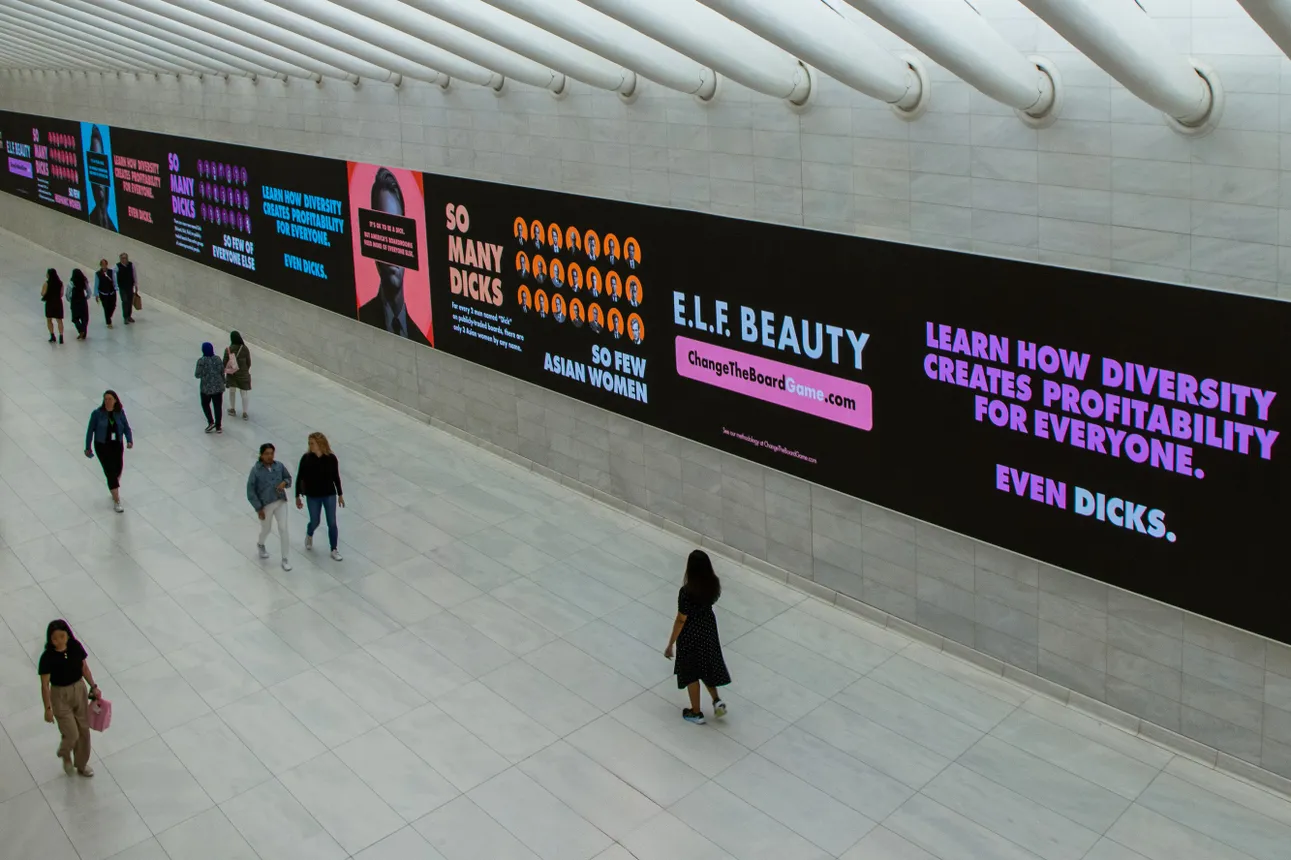
E.l.f. centers on purpose with ‘So Many Dicks’ campaign
Purpose-driven marketing plays have been few and far between in 2024 as brands continue to pull away out of fear of backlash, making E.l.f. Beauty something of a trailblazer for its “So Many Dicks” campaign calling for more diversity in corporate boardrooms.
“So Many Dicks” launched in May and takes its name from the finding that there are nearly as many men named Richard, Rick or Dick as women from diverse groups on U.S. corporate boards. E.l.f. is an outlier, as the firm is one of only four U.S. publicly traded companies with a board that’s two-thirds women and one-third diverse.
The most important time to get a message like this out is when the message is being drowned out.

Lisa Topol
Managing partner and executive creative director, Oberland
Attention-grabbing visuals calling out the preponderance of “Dicks” were placed around New York’s Financial District and stretched to the brand’s social channels. The diversity marketing effort, created with agency Oberland, notably arrives at a time when others have scaled back their DE&I efforts.
“The most important time to get a message like this out is when the message is being drowned out,” said Lisa Topol, managing partner and executive creative director for Oberland. “E.l.f. is a purpose-driven brand, and they truly represent that board diversity.”
The campaign is themed similarly to other efforts from E.l.f. and also arrives amid a period of explosive sales growth. The move garnered an overwhelmingly positive response, including calls from others eager to get involved themselves, said E.l.f. Chief Brand Officer Laurie Lam.
“This campaign definitely achieved every single one of our goals and it lives true to our mission,” Lam said.
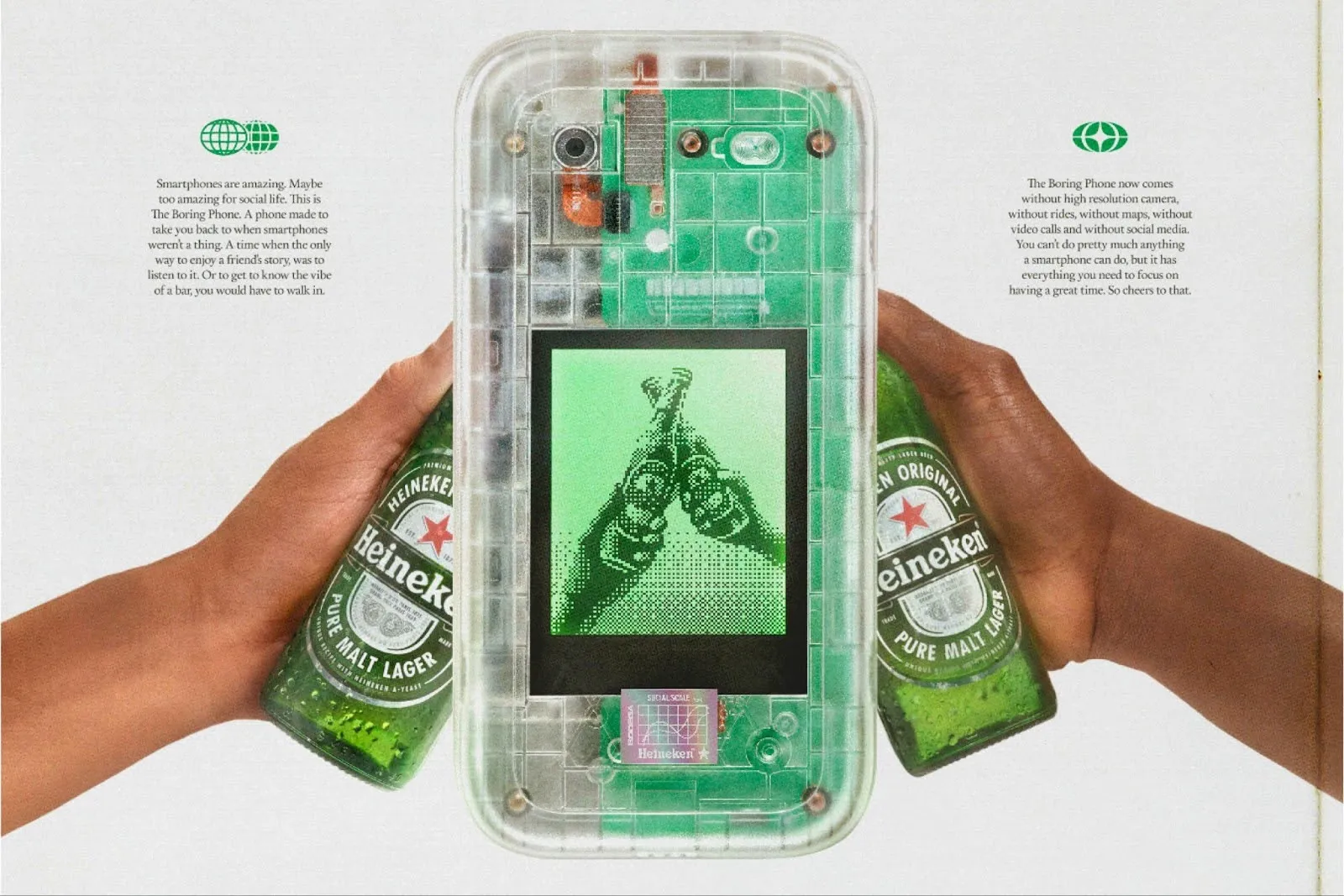
Heineken unplugs with ‘The Boring Phone’
Despite the world growing increasingly digital, younger generations have indicated a desire to unplug, a trend that Heineken tapped into with the release of a limited-edition “dumb phone,” entitled “The Boring Phone,” that lacks internet access. The device was inspired by a brand-commissioned survey of Gen Z and millennial smartphone users, 37% of whom said they check their phones more often than they should while out.
The Boring Phone has one week of standby time and 20 hours of talk time. Though a novelty item, the device is supported by several ads, created in partnership with LePub, that center on individuals putting down their smartphones during nights out to live in the moment.
“We came to the realization that smartphones are just too interesting for social life. And so the Boring Phone idea was born,” said Sol Ghafoor, chief strategy officer at LePub, in emailed comments.
The phone debuted in April at Milan Design Week in collaboration with streetwear retailer Bodega, a move that sees Heineken joining the trend of forming non-endemic partnerships to reach new audiences.
Within an hour of launch, over 24,000 individuals had signed up to try and secure the device, said Nabil Nasser, global head of Heineken, in emailed comments. The move arrived amid a period of sales growth for the brand, and recent recognition at Cannes Lions for other creative swings.
“The campaign has been one of our most successful to date and it’s been great to see the correlation between strong PR results and consumer engagement,” said Nasser.
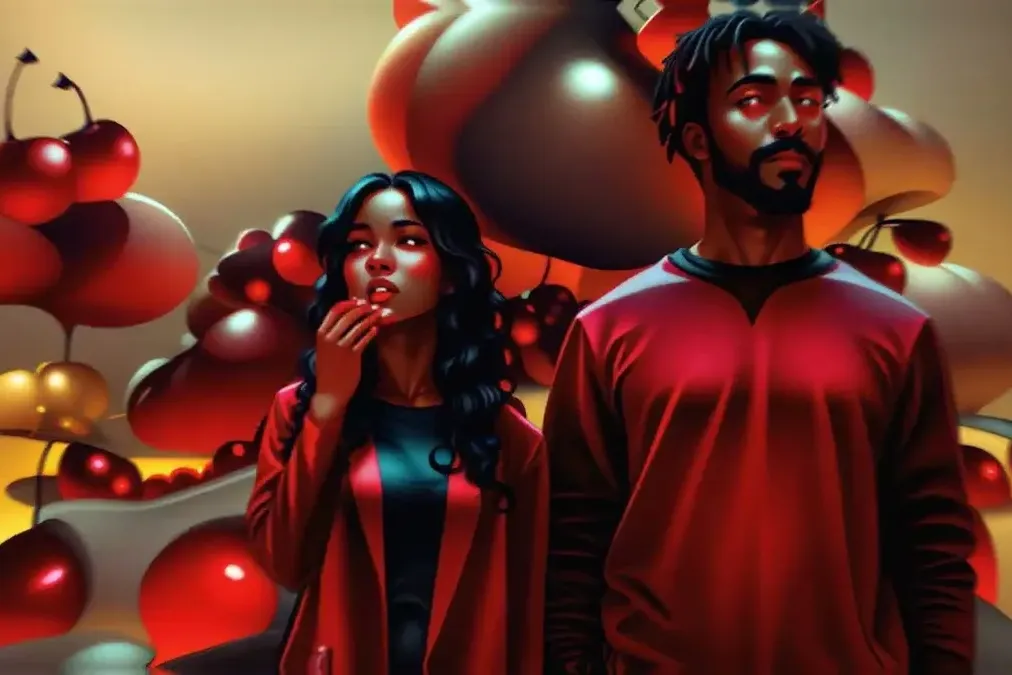
Starburst vividly illustrates flavor variety with generative AI
Backlash against generative AI in marketing is boiling up as platforms produce suboptimal results while ethical and legal concerns mount. Some brands are still threading the needle in their experiments by applying the emergent tech toward a clear creative purpose.
Starburst hit the sweet spot with “Different Every Time,” a campaign that leverages generative AI to enhance over 300 bespoke assets and highlight the multitude of ways consumers enjoy flavors of the Mars candy together. Developed with Omnicom’s Team OMC, the effort marks the introduction of Starburst’s first new brand platform and repositioning in over a decade. Snapchat and Spotify integrations round out a Gen Z-friendly media plan.
In video ads, generative AI helps visualize a diversity of fantastic scenarios with different aesthetics, from origami-inspired animation to a walk through of a neon-lit futuristic city. Starburst relied on Getty’s licensed ethical AI models for the execution and enlisted real actors and talent behind the camera, addressing concerns that AI might destroy the human touch.
“It was shot with real talent and supported with a large production team, in accordance with our policy on responsible use of AI,” said Heather Stuckey, vice president of brands and content, North America, at Mars, in an email. “The result is a campaign not only reflective of the Starburst brand, but an example of what can be achieved when human creativity is augmented by responsible use of AI.”

Sprite reinvents an iconic ad for Gen Z
Dipping into an old well can be dangerous territory for a brand. In a culture beset by remakes, the chance of coming off as stale or failing to live up to past glories is high. Sprite avoided the lazy nostalgia trap with the return of “Obey Your Thirst,” an iconic tagline first introduced 30 years ago that has been updated for Gen Z.
Sprite established itself as a true challenger brand with the original ‘Obey Your Thirst.’

A.P. Chaney
Senior creative director, Sprite North America
For the modernization, the lemon-lime soft drink enlisted NBA Hall of Famer Grant Hill for ads that reinvent his original spots from 1994 while passing the baton to Timberwolves star Anthony Edwards, fresh off an on-court hot streak, and sprinter Sha’Carri Richardson, expected to be a star at this summer’s Olympics.
“Sprite established itself as a true challenger brand with the original ‘Obey Your Thirst.’ As we continue to push boundaries and celebrate counterculture, we’re deeply connected to the evolving desires and receptiveness of today’s audiences — which means understanding that what it means to 'obey your thirst' may be interpreted differently in 2024 than it was in 1994,” said A.P. Chaney, senior creative director for Sprite North America, in an email.
Chaney called out a standalone spot with Richardson that strikes a defiant tone, celebrating resilience and following “the sprinter as she rejects societal expectations and stays true to herself in the face of adversity.”
Agencies Majority and WPP OpenX aided in the effort that speaks to the importance of marketing to Gen Z and features “Obey Days,” digital experiences consumers can access by scanning QR codes on packaging.
A reminder of a deep cultural connection to basketball and sport comes as Coca-Cola-owned Sprite goes toe-to-toe with Starry, a newer offering from rival PepsiCo that signed as an official NBA sponsor last year. While Starry is still trying to make its mark, “Obey Your Thirst” provides a breezy reminder of Sprite’s legacy as well as a look toward the future.
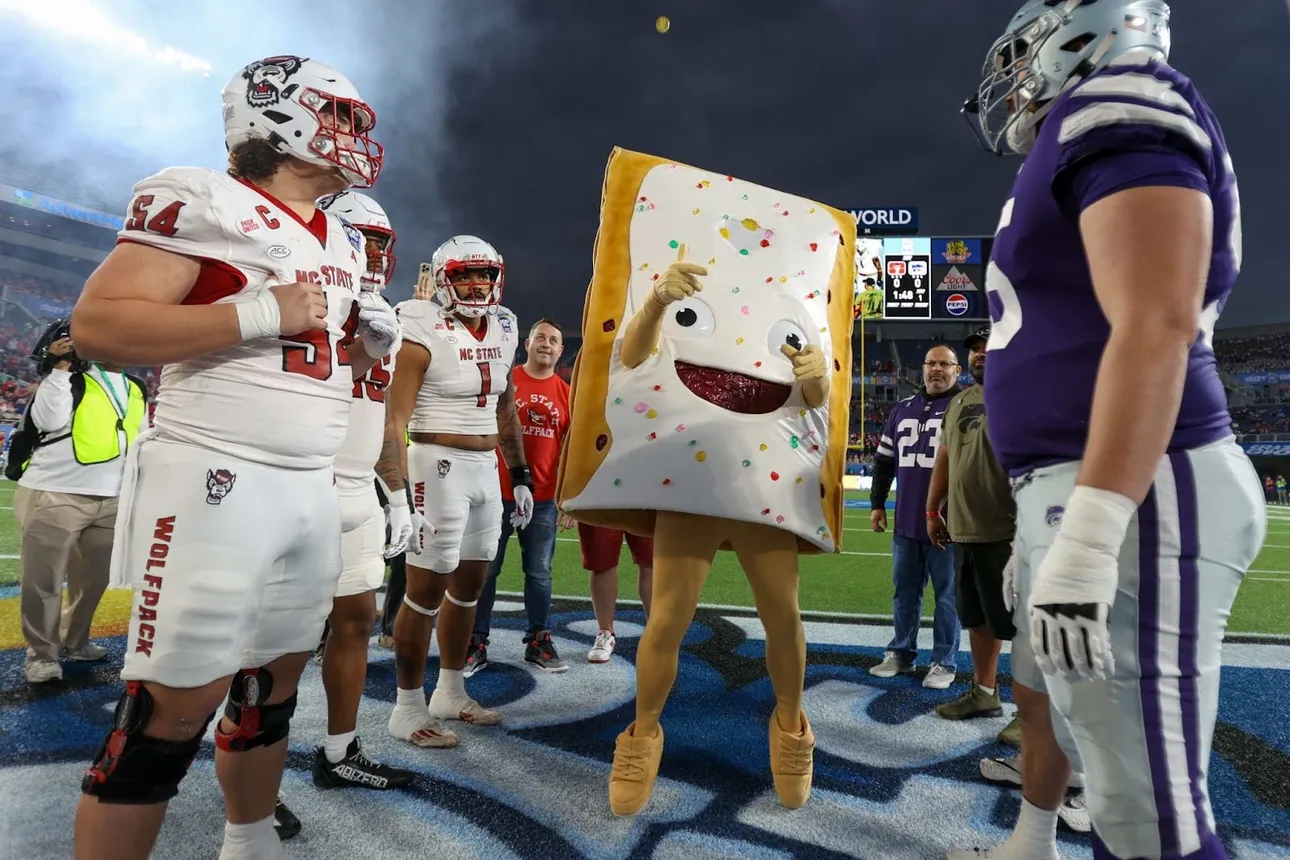
Honorable mentions:
‘The First Edible Mascot’ from Pop-Tarts with Weber Shandwick
The Pop-Tarts edible mascot grabbed headlines by balancing the humorous with the disturbing as a brand character was gleefully devoured by hungry collegiate athletes. Its absence from the list is mostly the result of a timing technicality: The stunt happened on Dec. 28.
Samsung’s ‘Creativity Cannot be Crushed’ with BBH USA
This video responding to rival Apple’s “Crush!” creative misfire — one of the year’s most controversial ads — represented a return to the type of tit-for-tat marketing that has helped drive innovation. But it could’ve been kicked up a notch further with a stronger paid media plan.
Dove’s ‘The Code’ with Soko and Media.Monks
Dove made a bold proclamation about not using generative AI in lieu of real models in its advertising, but an accompanying campaign sent mixed messages about image generators. Is the technology an existential threat to “Real Beauty” or a potential empowerment tool for women? Can it be both?


